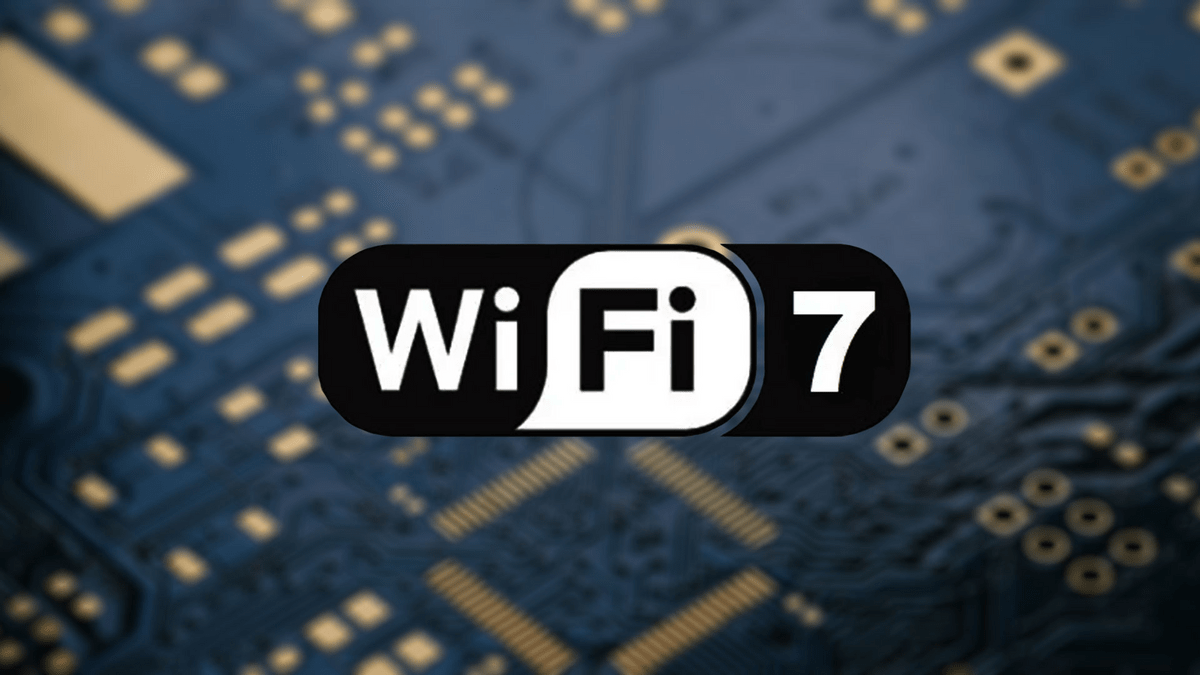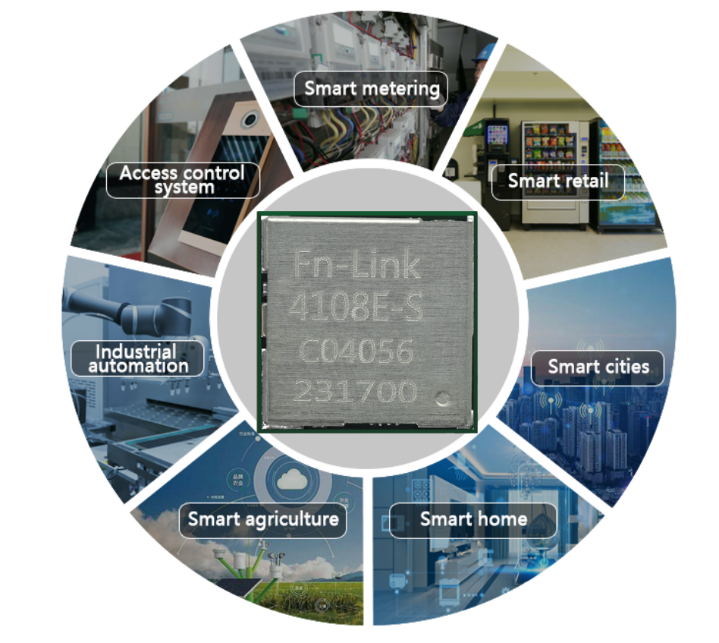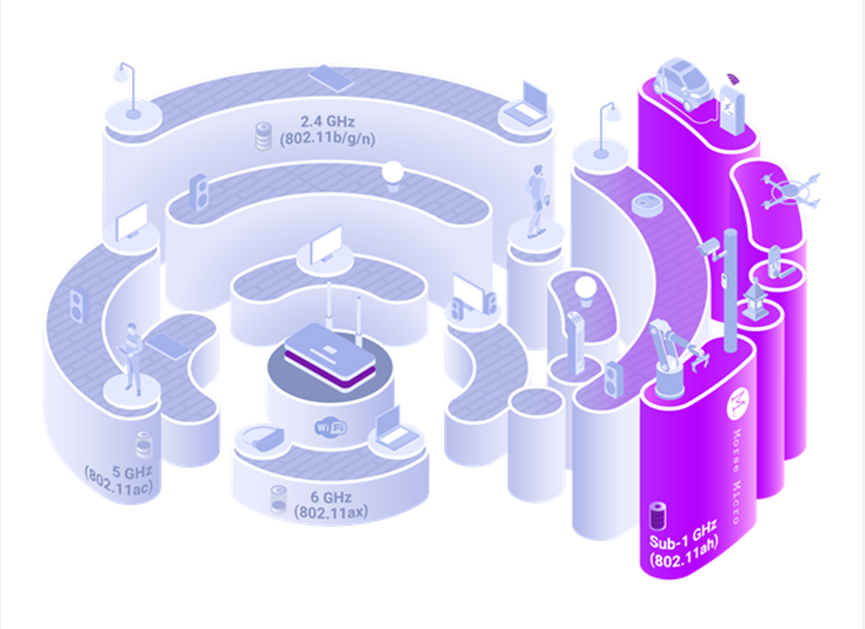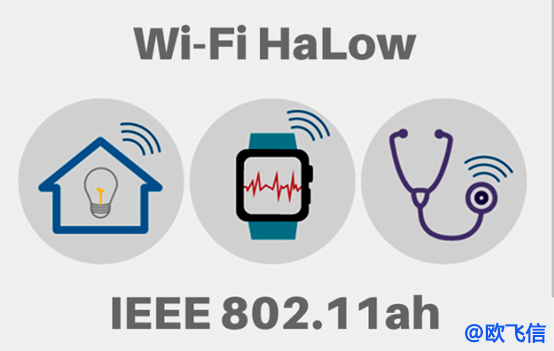-
Concept of Nearlink: Nearlink (Nearlink) is a new generation short-range wireless connectivity technology launched by the NearLink Alliance, spearheaded by the China Academy of Information and Communications Technology. In contrast to traditional WiFi and Bluetooth wireless communication technologies, Nearlink has undergone extensive innovative upgrades and has incorporated key 5G technologies. It has redefined the standards for wireless connectivity, achieving qualitative leaps in terms of speed, latency, transmission distance, security, and reliability. It can be considered as an upgraded hybrid version of WiFi and Bluetooth. Applications of Nearlink: Consumer Electronics Scenario: Nearlink technology has found extensive applications in the consumer electronics sector. After the establishment of its standards, it was initially implemented in...
-
In recent years, with the rapid advancement of technology, WiFi technology has been continuously evolving, transitioning from WiFi 6 to WiFi 6E, and now garnering significant attention is WiFi 7. This time, our focus is on the latest WiFi 7 module developed by QOGRISYS: O7851PM. We will delve into the core metrics of WiFi 7, specifically throughput testing, to explore its performance advantages. The foundational specifications of O7851PM: O7851PM is a WiFi 7 module designed based on the Qualcomm WCN7851 chip. It utilizes an M.2 PCIe interface with dimensions of 22*30*2.7mm. The module supports features such as 4096QAM, 320MHz bandwidth, Multi-RU mechanism, Multi-LINK multi-link mechanism, and incorporates WiFi 7 technologies including CMU-MIMO and collaborative debugging among multiple access points. O7851PM Test En...
-
With the surge in smart home devices, we are gradually recognizing the limitations of traditional wireless connectivity technologies within the rapidly expanding network of home automation devices. As the number of devices increases, home networks become more congested, and the operation of traditional technologies on the same frequency bands can lead to signal interference and performance issues. Challenge of Wireless Interference:A challenge faced by smart homes is wireless interference. The growing number of wireless devices in homes, coupled with the increasing prevalence of different wireless standards in corresponding frequency bands, results in heightened interference between devices. Users may experience frustration when using these devices, and the advantage of WIFI HaLow over traditional standards lies in its use of lower frequencies and the ability to deploy over...
-
Over the past decade, WIFI technology has established an extensive network in homes and businesses, connecting billions of smart interconnected devices and facilitating the rapid transmission of information. However, current WIFI standards face challenges, including limitations in protocol range and overall functionality, making communication at longer distances difficult and thereby restricting the potential formation of a truly interconnected ecosystem for smart devices. To meet the demands of low-power IoT clients and accelerate innovation in IoT applications, WIFI HaLow technology has emerged based on the IEEE 802.11ah standard. In comparison to traditional WIFI, WIFI HaLow can connect up to 8,192 IoT devices at greater distances and lower power consumption through a single wireless access point (AP). The introduction of this technology holds ...
-
When we talk about wireless network connections, we find that WiFi has become an indispensable part of our daily lives, carrying more than half of the internet traffic and being widely used in various settings such as homes, schools, and entertainment venues. However, despite the ubiquity of protocols like WiFi 4, WiFi 5, and WiFi 6, with the rapid growth of the Internet of Things (IoT), there is a need to reconsider the limitations of traditional WiFi in meeting these emerging requirements. The emerging business models of IoT place higher demands on remote connectivity and low power consumption. This demand has driven the need for a new type of WiFi protocol known as WiFi HaLow, sometimes pronounced as "HEY-low." The WiFi HaLow protocol was initially approved by the IEEE 802.11ah working group in 2016 and named WiFi HaLow by the WiFi Alliance...
-
WiFi HaLow, an innovative Wi-Fi protocol, is dedicated to addressing the ever-growing demands of the Internet of Things (IoT) while offering low power consumption and extended range coverage. Built upon the IEEE 802.11ah standard, WiFi HaLow provides IoT developers with a comprehensive wireless solution to meet their requirements for energy efficiency, extensive coverage, obstacle penetration, local IP support, user-friendliness, and advanced security. Compared to traditional Wi-Fi, WiFi HaLow strengthens its performance by expanding the device's connectivity range and extending battery life. Additionally, it possesses the scalability, stability, and security required to adapt to IoT environments. Although there is no "one-size-fits-all" wireless protocol for all IoT scenarios, WiFi HaLow has become the preferred protocol for addressing IoT deman...
-
Concept of Nearlink: Nearlink (Nearlink) is a new generation short-range wireless connectivity technology launched by the NearLink Alliance, spearheaded by the China Academy of Information and Communications Technology. In contrast to traditional WiFi and Bluetooth wireless communication technologies, Nearlink has undergone extensive innovative upgrades and has incorporated key 5G technologies. It has redefined the standards for wireless connectivity, achieving qualitative leaps in terms of speed, latency, transmission distance, security, and reliability. It can be considered as an upgraded hybrid version of WiFi and Bluetooth. Applications of Nearlink: Consumer Electronics Scenario: Nearlink technology has found extensive applications in the consumer electronics sector. After the establishment of its standards, it was initially implemented in...
-
In recent years, with the rapid advancement of technology, WiFi technology has been continuously evolving, transitioning from WiFi 6 to WiFi 6E, and now garnering significant attention is WiFi 7. This time, our focus is on the latest WiFi 7 module developed by QOGRISYS: O7851PM. We will delve into the core metrics of WiFi 7, specifically throughput testing, to explore its performance advantages. The foundational specifications of O7851PM: O7851PM is a WiFi 7 module designed based on the Qualcomm WCN7851 chip. It utilizes an M.2 PCIe interface with dimensions of 22*30*2.7mm. The module supports features such as 4096QAM, 320MHz bandwidth, Multi-RU mechanism, Multi-LINK multi-link mechanism, and incorporates WiFi 7 technologies including CMU-MIMO and collaborative debugging among multiple access points. O7851PM Test En...
-
With the surge in smart home devices, we are gradually recognizing the limitations of traditional wireless connectivity technologies within the rapidly expanding network of home automation devices. As the number of devices increases, home networks become more congested, and the operation of traditional technologies on the same frequency bands can lead to signal interference and performance issues. Challenge of Wireless Interference:A challenge faced by smart homes is wireless interference. The growing number of wireless devices in homes, coupled with the increasing prevalence of different wireless standards in corresponding frequency bands, results in heightened interference between devices. Users may experience frustration when using these devices, and the advantage of WIFI HaLow over traditional standards lies in its use of lower frequencies and the ability to deploy over...
-
Over the past decade, WIFI technology has established an extensive network in homes and businesses, connecting billions of smart interconnected devices and facilitating the rapid transmission of information. However, current WIFI standards face challenges, including limitations in protocol range and overall functionality, making communication at longer distances difficult and thereby restricting the potential formation of a truly interconnected ecosystem for smart devices. To meet the demands of low-power IoT clients and accelerate innovation in IoT applications, WIFI HaLow technology has emerged based on the IEEE 802.11ah standard. In comparison to traditional WIFI, WIFI HaLow can connect up to 8,192 IoT devices at greater distances and lower power consumption through a single wireless access point (AP). The introduction of this technology holds ...
-
When we talk about wireless network connections, we find that WiFi has become an indispensable part of our daily lives, carrying more than half of the internet traffic and being widely used in various settings such as homes, schools, and entertainment venues. However, despite the ubiquity of protocols like WiFi 4, WiFi 5, and WiFi 6, with the rapid growth of the Internet of Things (IoT), there is a need to reconsider the limitations of traditional WiFi in meeting these emerging requirements. The emerging business models of IoT place higher demands on remote connectivity and low power consumption. This demand has driven the need for a new type of WiFi protocol known as WiFi HaLow, sometimes pronounced as "HEY-low." The WiFi HaLow protocol was initially approved by the IEEE 802.11ah working group in 2016 and named WiFi HaLow by the WiFi Alliance...
-
WiFi HaLow, an innovative Wi-Fi protocol, is dedicated to addressing the ever-growing demands of the Internet of Things (IoT) while offering low power consumption and extended range coverage. Built upon the IEEE 802.11ah standard, WiFi HaLow provides IoT developers with a comprehensive wireless solution to meet their requirements for energy efficiency, extensive coverage, obstacle penetration, local IP support, user-friendliness, and advanced security. Compared to traditional Wi-Fi, WiFi HaLow strengthens its performance by expanding the device's connectivity range and extending battery life. Additionally, it possesses the scalability, stability, and security required to adapt to IoT environments. Although there is no "one-size-fits-all" wireless protocol for all IoT scenarios, WiFi HaLow has become the preferred protocol for addressing IoT deman...






















